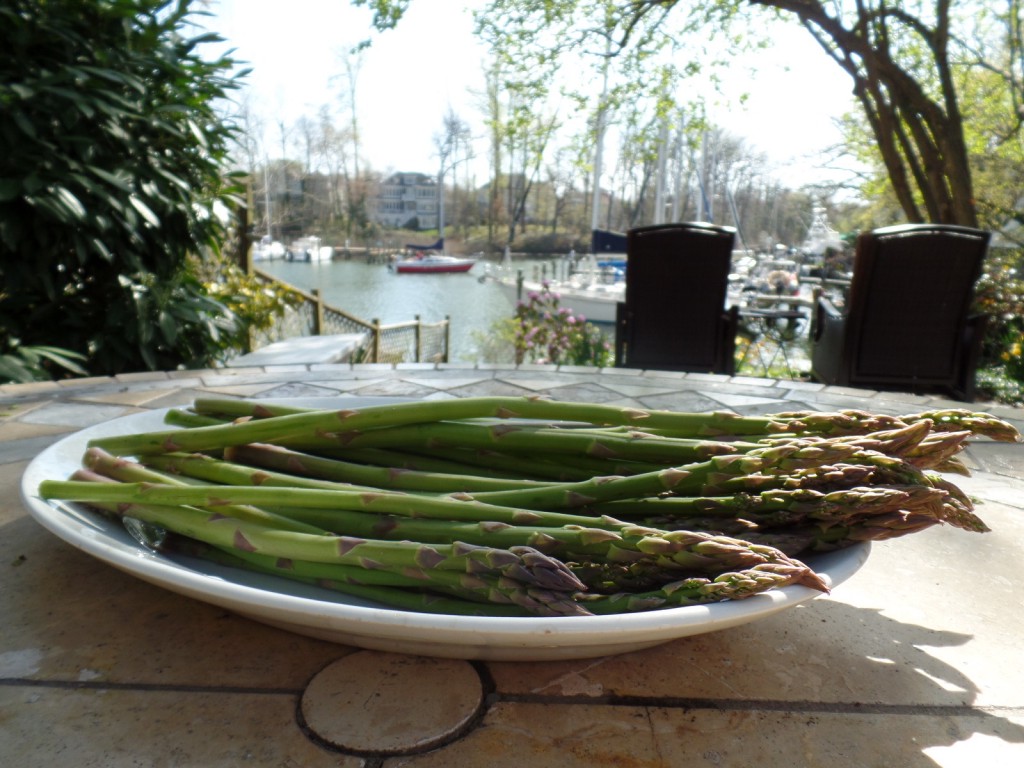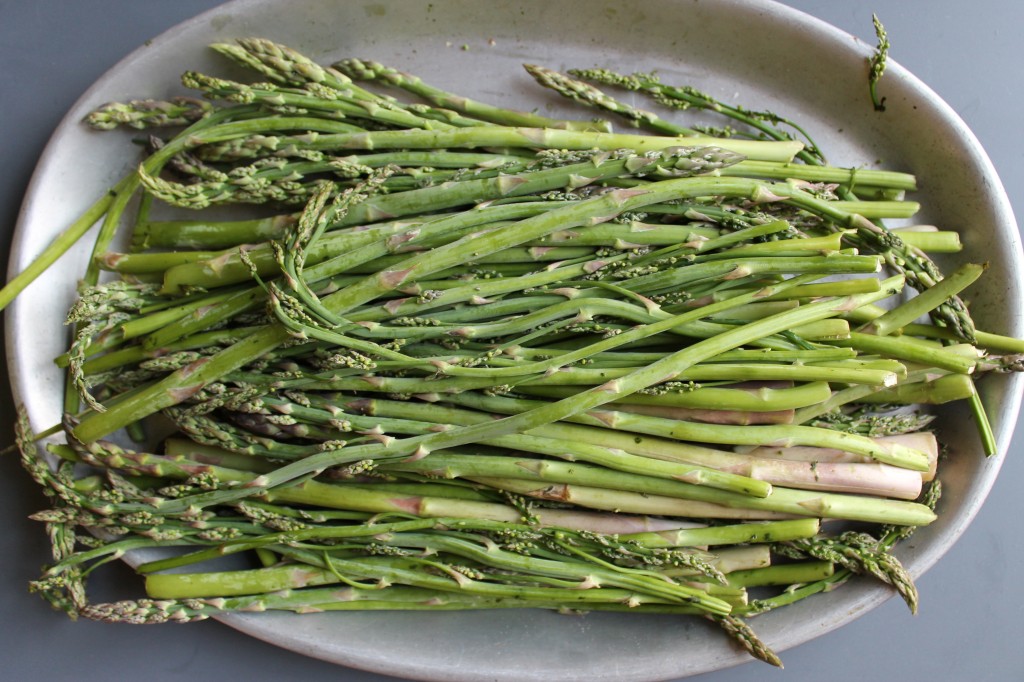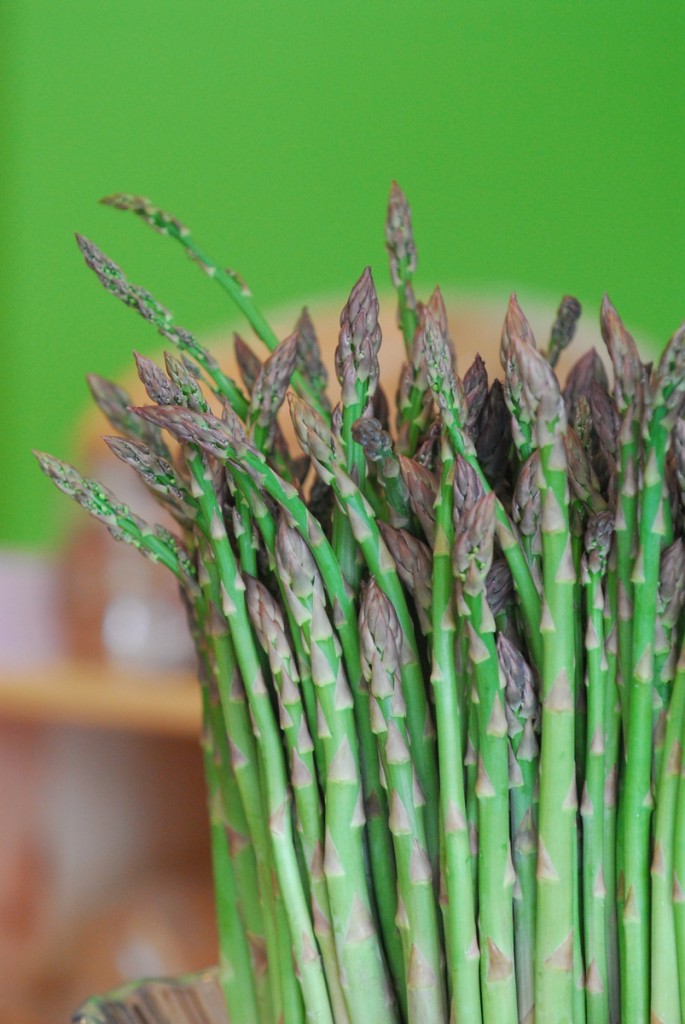A Locavore's Guide for Day Tripping to Bluemont, Virginia
/By Chelsea Moore, Photography by Yetta Reid. From our Spring Issue 2016.

There’s a little village nestled in the foothills of the Blue Ridge Mountains that is making a name for itself as a destination for wine and food lovers. Located in western Loudoun County, it’s home to a quaint village, expansive farmlands and stunning country views.
In the early 1900s Bluemont was the last stop on the Washington and Old Dominion Railroad, and was a popular destination for Washingtonians seeking to exchange city life and sticky summers for cool mountain air. With the development of air conditioning, Washingtonians had less need to seek shelter from summer heat, and Bluemont became a sleepy town. Whether you bring the family or seek a romantic getaway, a visit to the village of Bluemont will leave you refreshed.
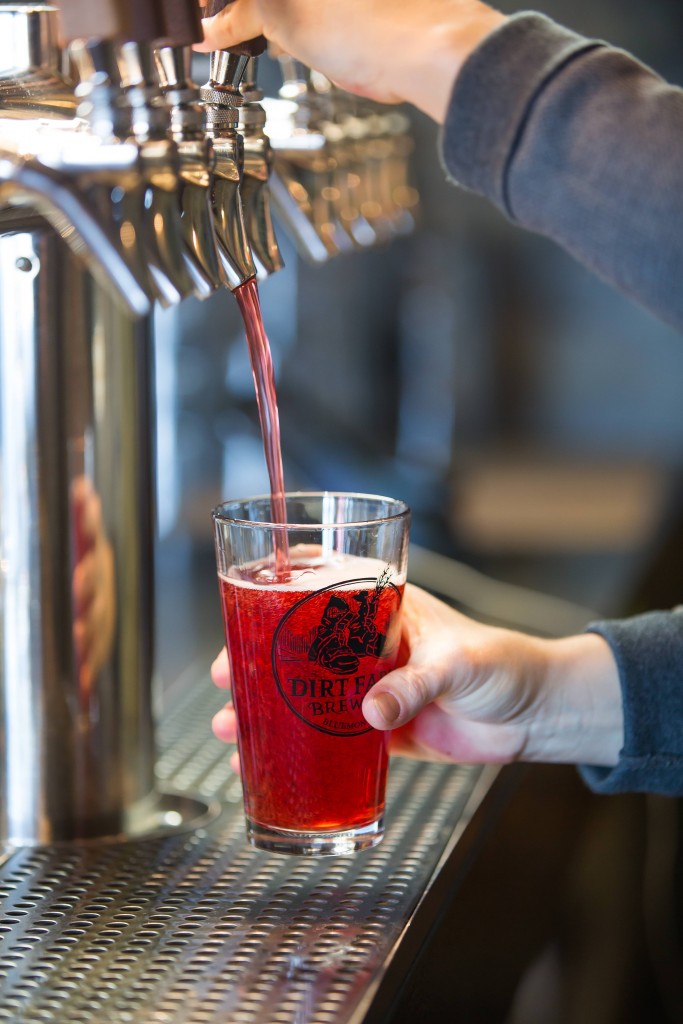
Dirt Farm Brewing
A rustic farm brewery, Dirt Farm Brewing serves hand-crafted beer and savory treats. From IPAs to a Sweet Potato Stout and a Cherry Ale, Dirt Farm’s brewmasters aren’t afraid to experiment. Coming soon in 2016 are cucumber and apricot beers. As a farm brewery, Dirt Farm grows their own hops, and plays around with vegetable beers flavors. But beer isn’t the only thing they do well: When you visit, you can feast on their on snacks like flatbread pizza, nachos, pretzel bites and boiled peanuts.
Come for the farm-to-growler beer and stay for the incredible views of Northern Virginia.
Great Country Farms
One of the most popular U-pick farms in Loudoun County, Great Country Farms makes a fantastic family activity. In season, they have wagon rides, a catch-and-release fish pond, a cow pie putt putt, there really is something for everyone to enjoy. Just a short ride from DC, you can be on a farm with the full experience: feeding the farm animals, picnicking and picking your own produce. This is a great place for kid-friendly activities that parents will enjoy too. Be sure to stop by the farm market and pick up apple cider donuts and kettle corn, two favorites of local residents.
Great Country Farms grows 60–70 varieties of crops a year and they have a CSA program that was voted the Best of Loudoun in 2014 and 2015. Pick your produce up at the farm, or at one of the community group sites located throughout Northern Virginia.
Opening for the 2016 season on March 19, their spring U-pick crops are strawberries, cherries and black raspberries. Great Country Farms, 18780 Foggy Bottom Road, Bluemont, VA. greatcountryfarms.com
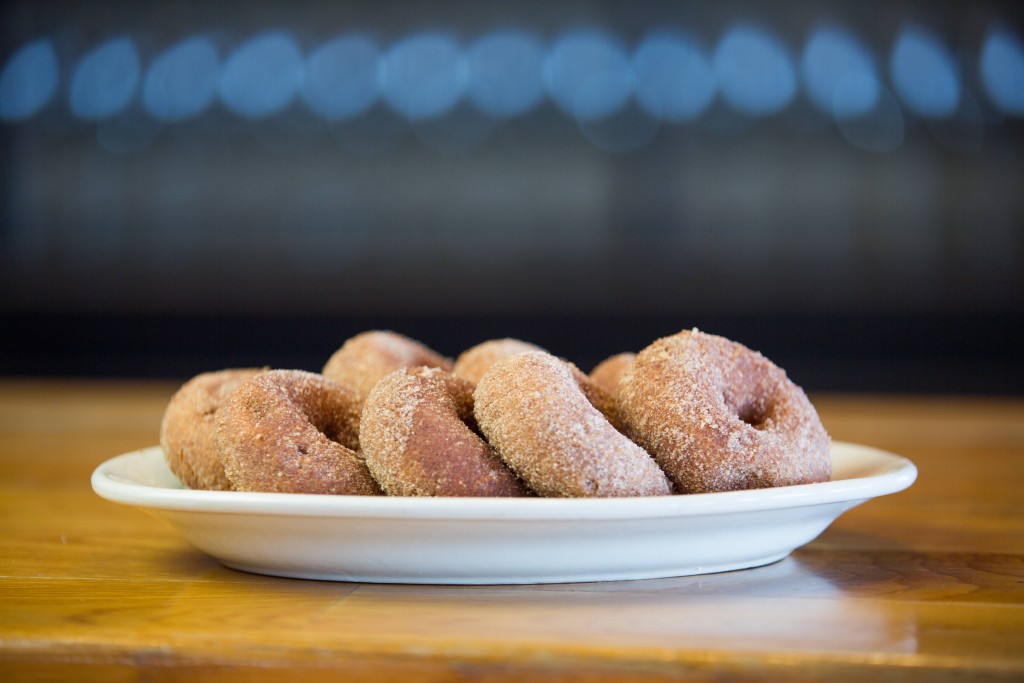
Bluemont Vineyard’s sweeping views and award-winning wines keep guests returning again and again. Their tasting room also sells charcuterie, cheeses and other local snacks to enjoy while sipping your wine. Be sure to make time to sit outside, the views here will leave you breathless. On clear days, you can even glimpse the Washington Monument.
As a farm winery, Bluemont Vineyard plays around with more than grapes, offering apple, peach, strawberry and blackberry wines—all grown at Great Country Farms. To honor their farm roots, they’ve even named some of their wines after farm animals and included drawings of the animals on their labels.
“I love the culture around wine, and the way it brings people together,” said Bluemont Vineyard Winemaker Jennifer Trovato Shailor. As a pet- and family-friendly venue, Bluemont Vineyard has certainly mastered the art of bringing families and friends together. The tasting room is open Wednesday through Monday, 11am to 6pm.
Bluemont Vineyard, 18755 Foggy Bottom Rd., Bluemont, VA. bluemontvineyard.com
Wild Hare Hard Cider
Blink and you’ll miss it—but you’ll be missing out. Located in an old mill, the 450-square-foot micro-cidery transforms heirloom apples from the Shenandoah Valley into unique drinks. The Wild Hare team produces four craft ciders, all of which are dry. The three classic blends are Hatch, Windrush and Hopscotch, the latter being the most popular thanks to its beer characteristics.
Up next for Wild Hare is a Cherry Cider, which will arrive in time for the Cherry Blossom Festival. As a dry cider, it’s made with cherries and GoldRush apples and infused with cherry blossoms.
Watch for Wild Hare to roll out their Lemongrass, Spanish-style, Elderflower, Rhubarb and Grapefruit flavors later this year.
“We’re not afraid to experiment, try different things and see what works,” said founder Jay Clement. The cidery is generally open on the weekend, but check for specific hours via their website or Facebook page.
Wild Hare Hard Cider, 33735 Snickersville Turnpike #104, Bluemont, VA. wildharecider.com

Twin Oaks Tavern Winery
If you’re in the mood for adventure, spend an afternoon hiking on the Appalachian Trail—and be sure to visit the overlooks at Bears Den or Raven Rocks for stunning views of the Shenandoah Valley. When you’re ready for a rest, make a stop in Twin Oaks Tavern Winery for wine, food and beautiful hillside views.
Bring a picnic, your kids and your dog and enjoy live music each weekend. On warm days, cool off with their popular Spice Wine Chiller—an adult Slurpee—a unique blend of Zinfandel, Raven Rocks Red, mulling spices, cinnamon and sugar.
Or buy a bottle to accompany your picnic: Both their 2013 Chardonnay and Raven Rocks Red received gold medals from the Virginia Wine Lovers 2015 Wine Classic.
Twin Oaks Tavern Winery, 18035 Raven Rocks Rd., Bluemont, VA. twinoakstavernwinery.com
The Bluemont Store
Although the name and owner have changed, The Bluemont Store has been open since 1840. It’s nine miles to the closest grocery store, and locals enjoy the ease of dropping by to grab items for a quick dinner. This store sells a little bit of everything—and a lot of local products, including their own eggs and local grassfed beef and Trickling Springs Milk—and serves as a hub for community. Don’t forget their most loved item: hand-dipped ice cream! They also sell Guinea hens, “the best alarm system and tick annihilator on the planet,” but call ahead first. The store is open daily, from 6:30am to 7pm.
The Bluemont Store, 33715 Snickersville Turnpike, Bluemont, VA. bluemontstore.com







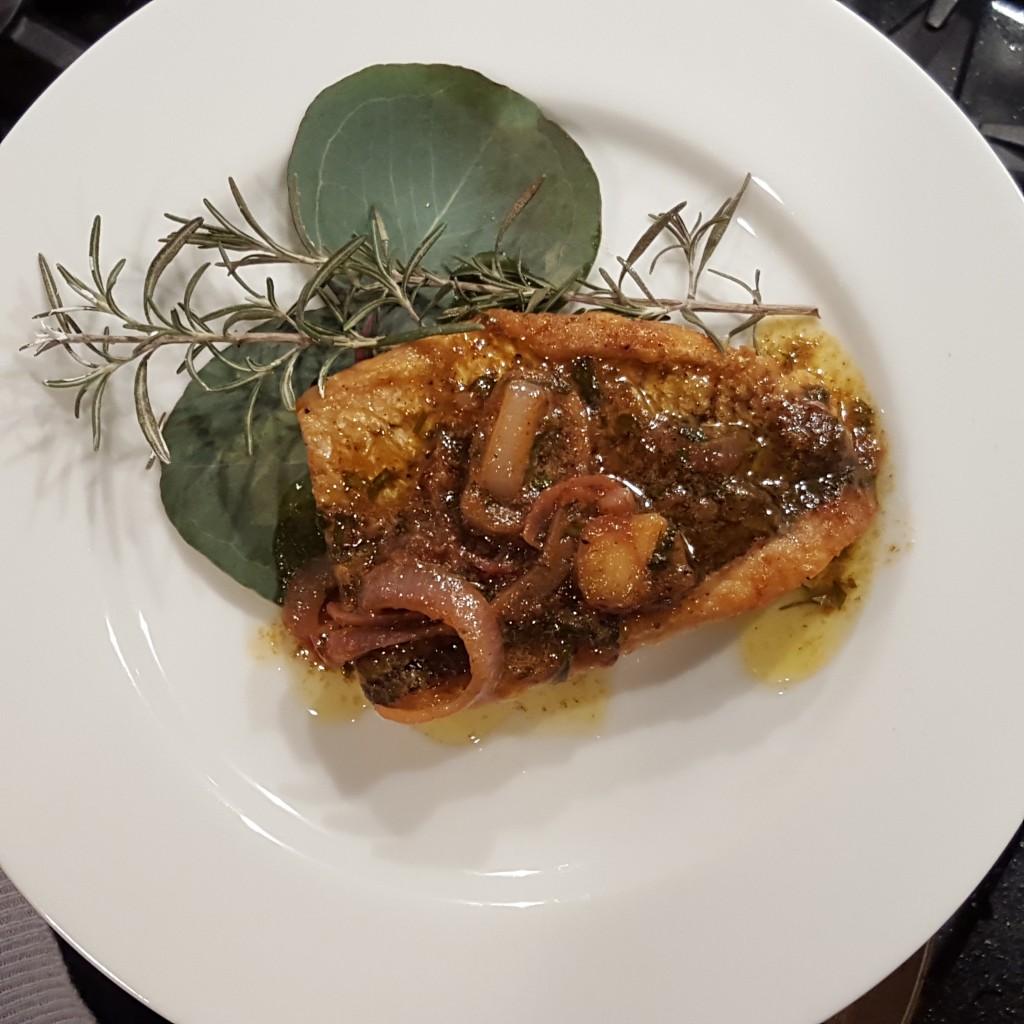
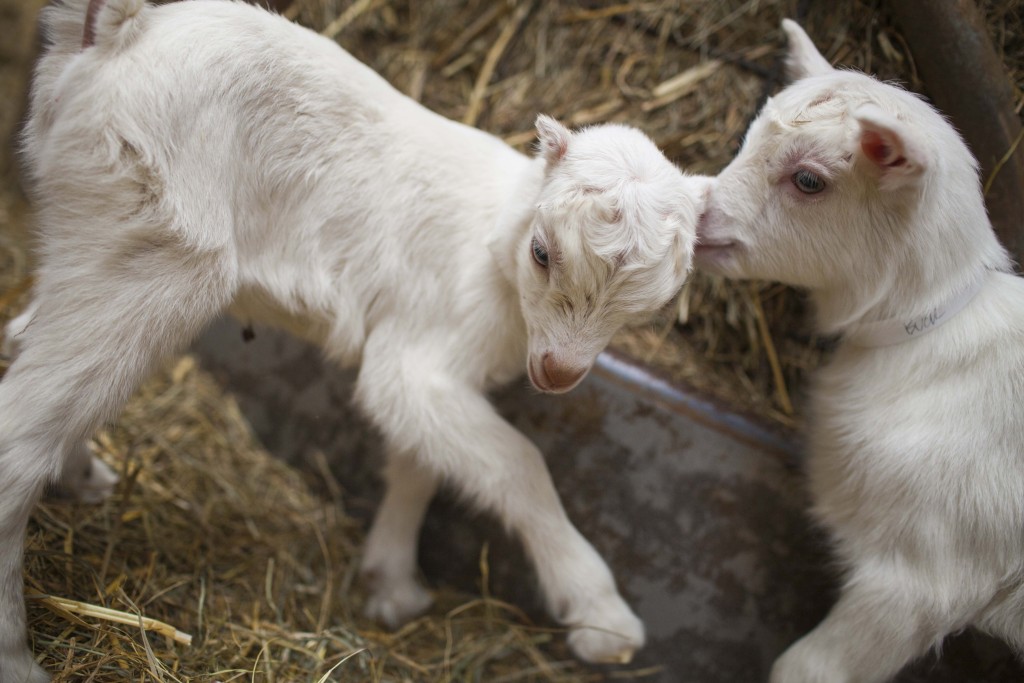
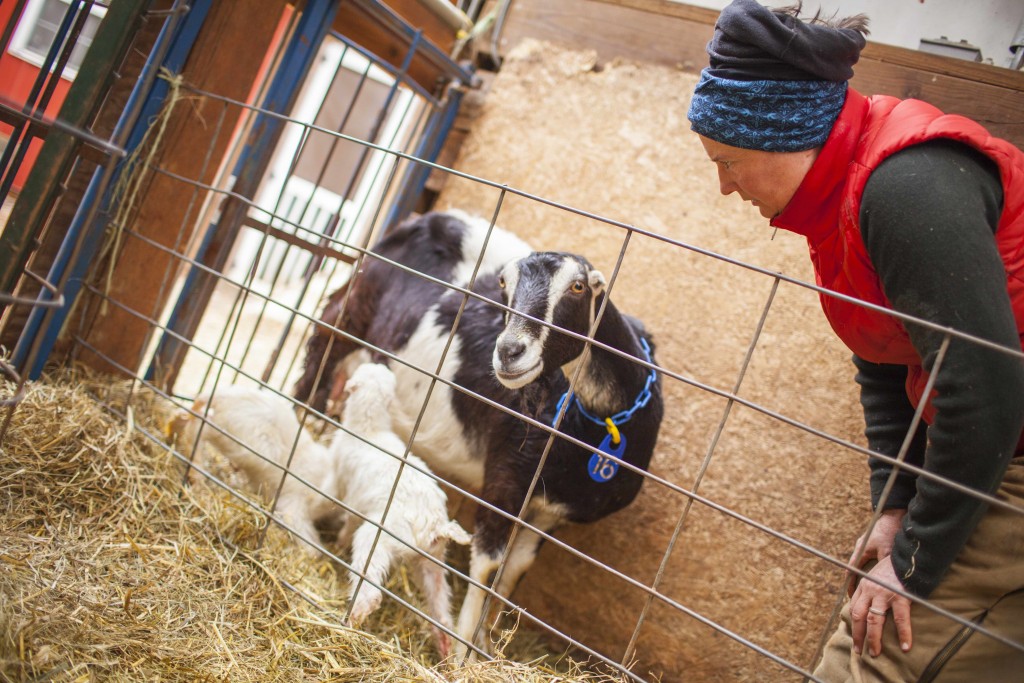

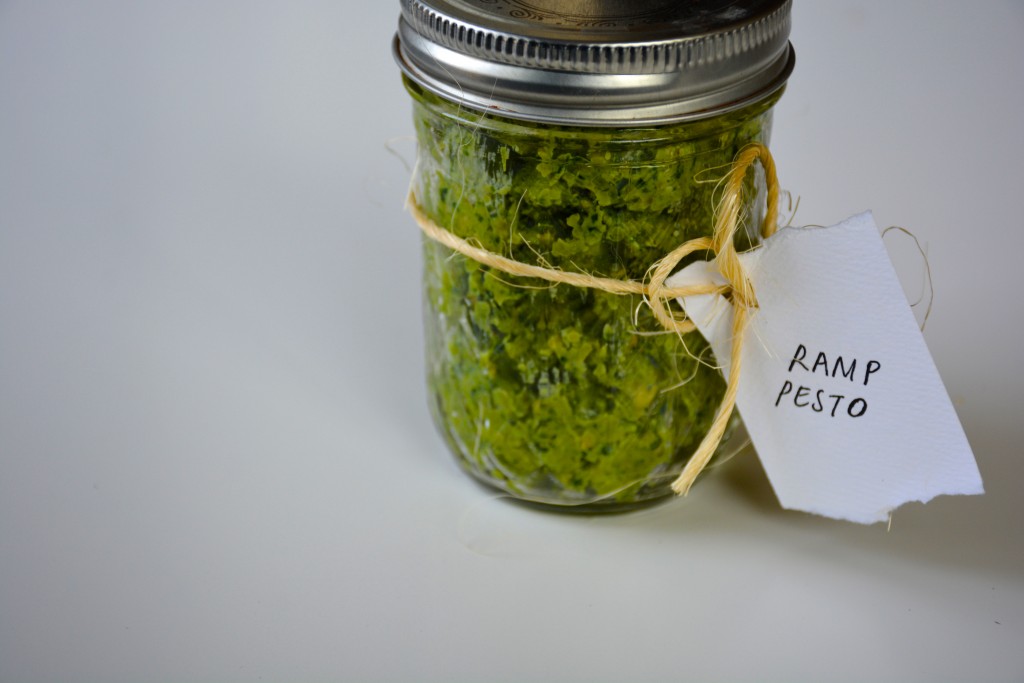

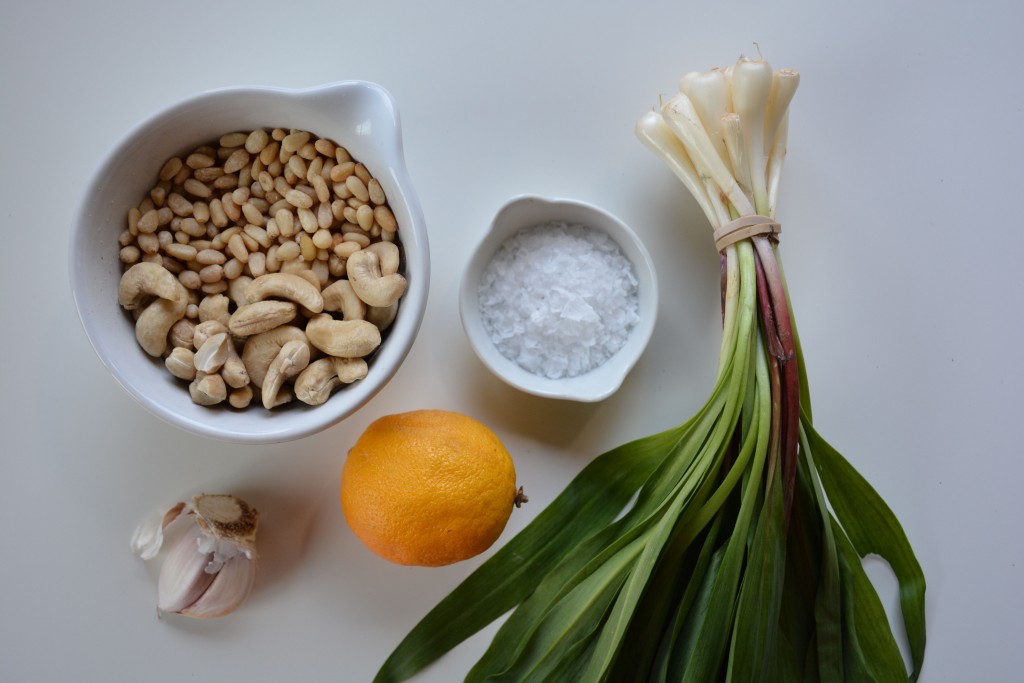
 Raisa Aziz (@raisaaziz) is a food stylist, photographer and writer in the DC area. When not cooking, baking or eating, you can find her bopping about town in search of local adventures.
Raisa Aziz (@raisaaziz) is a food stylist, photographer and writer in the DC area. When not cooking, baking or eating, you can find her bopping about town in search of local adventures.